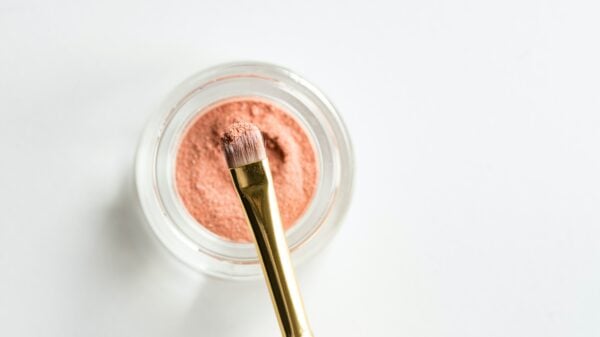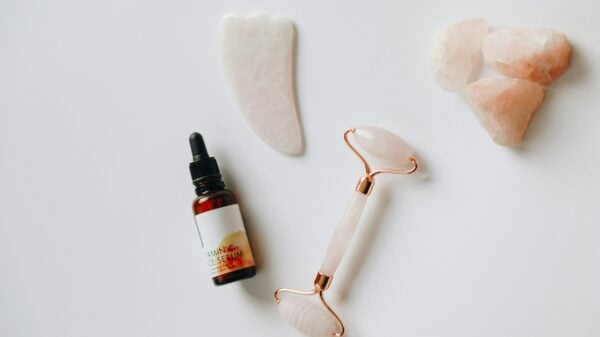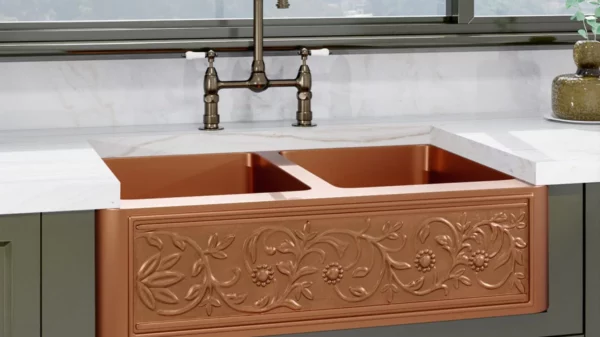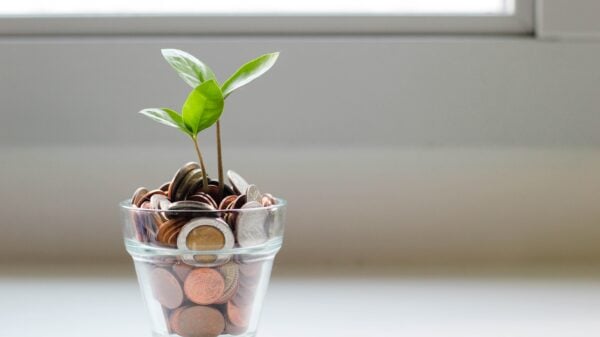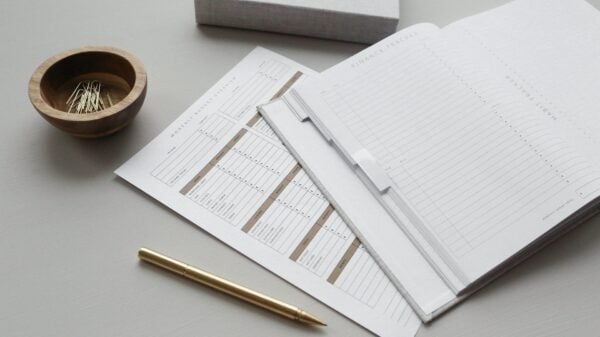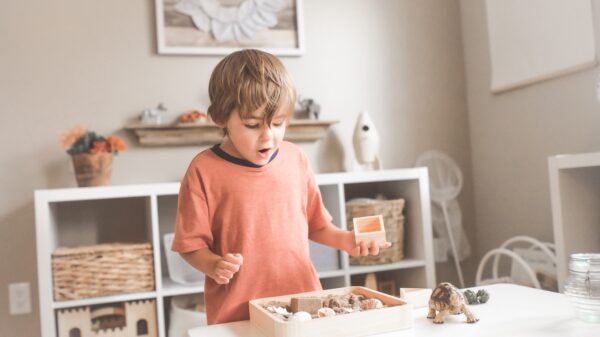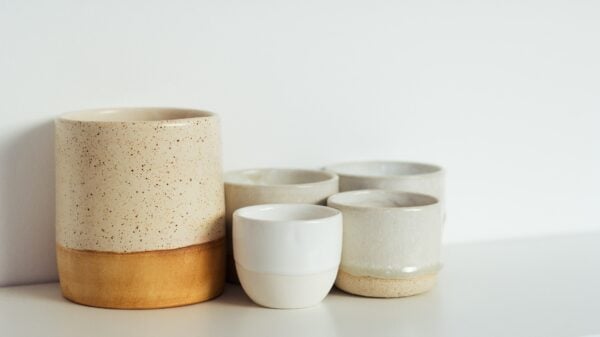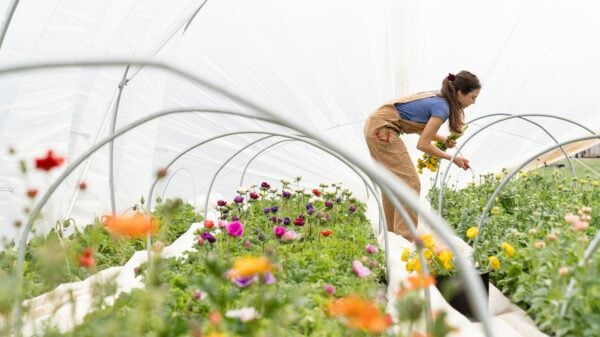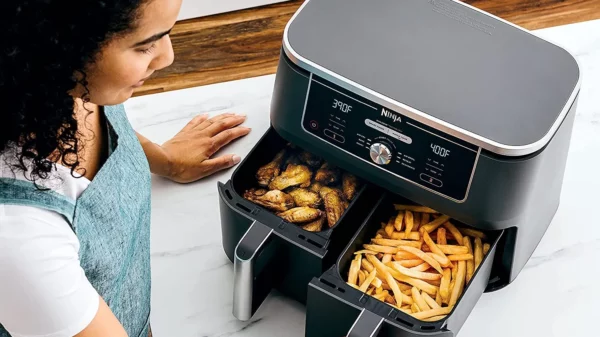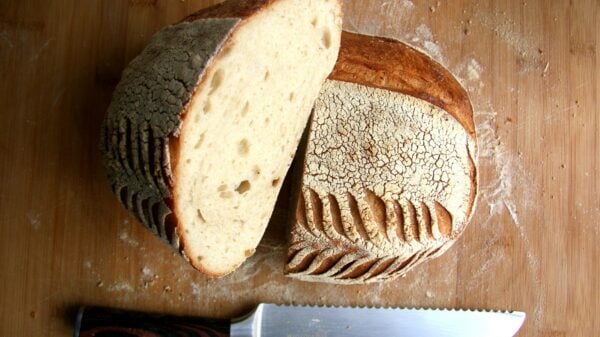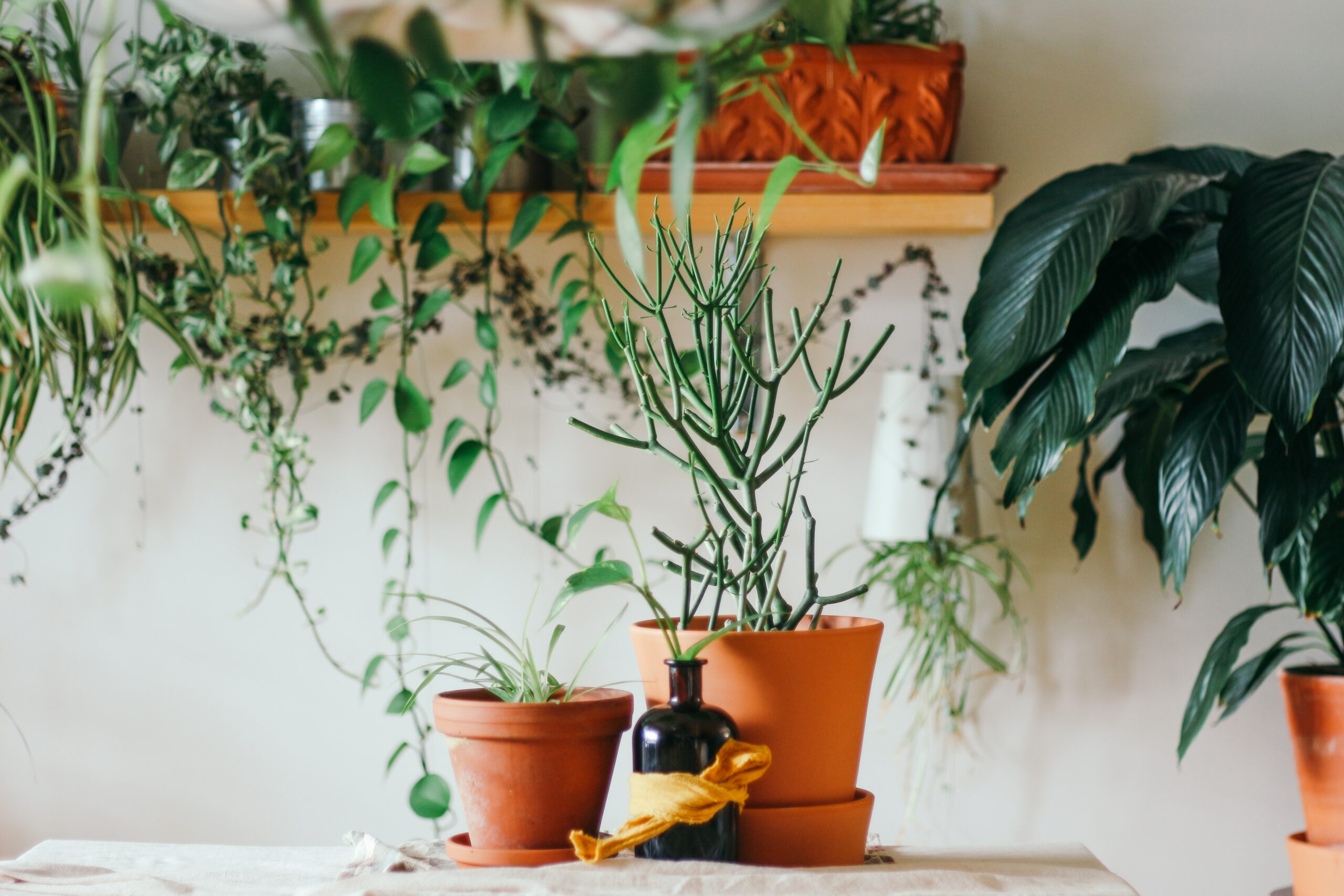Balancing a busy life with plant care can be tough. Plants need water to thrive, just like we do. This article guides you on setting up an easy watering schedule that fits into your hectic days.
Keep reading for smart tips and tricks!
Importance of Watering Plants Correctly
Watering plants correctly is crucial for their health and growth. Knowing how often and how much to water, the best time of day to water, and recognizing signs that a plant needs more water are all essential for maintaining healthy plants.
How often and how much to water plants
Plants need the right amount of water to stay healthy. How often you give them a drink depends on the type of plant, the size, and where it lives. Most indoor plants like their soil to dry out a bit between watering.
Stick your finger in the soil up to your first knuckle; if it’s dry, it’s time for water. Usually, this might be once a week, but some plants may need more or less.
Give each plant enough water so that it reaches deep down to their roots without drowning them. You’ll learn how much that is by checking the top inch of soil after you water. If it’s soaking wet many hours later, you gave too much.
But if the top starts drying out quickly again, they could use a bit more next time.
The best time to water
Water your plants in the early morning or late afternoon. These times ensure that the water can penetrate the soil without quickly evaporating, helping plants absorb moisture efficiently.
Avoid watering when it’s sunny as this can lead to water loss from evaporation and potential damage to leaves. Early mornings are great for outdoor plants while late afternoons suit indoor ones.
– Indicators that a plant needs more water
Indicators that a plant needs more water
Plants show they need more water when the soil feels dry to touch. The leaves may wilt or turn yellow, and some plants’ tips might brown. Also, if the soil pulls away from the pot’s edge, your plant may need more water.
Assessing these signs can help you determine when it’s time to hydrate your houseplants.
Remember that maintaining a consistent watering schedule is crucial for plant health. Create a habit of regularly checking soil moisture levels in your garden or indoor pots, especially during warmer months.
Creating a Watering Schedule for Busy Women
Busy women can utilize self-watering systems and find the right watering tools to make plant care more manageable. Establishing a routine and sticking to it will help ensure that plants are well-maintained despite busy schedules.
Utilizing self-watering systems
Self-watering systems can be a game-changer for busy women looking to maintain their indoor plants. These systems provide a consistent water supply, reducing the need for frequent watering.
Look for options like self-watering pots or planters with built-in reservoirs that gradually release water as the soil dries out. By utilizing these systems, you can ensure your plants stay hydrated even during hectic days, offering convenience and peace of mind.
In addition to self-watering systems, consider incorporating watering tools such as drip irrigation or soaker hoses into your routine. These tools provide efficient and targeted watering, saving time and effort while promoting healthy plant growth.
Finding the right watering tools
When it comes to finding the right watering tools for your plants, consider the specific needs of your indoor or outdoor greenery. For indoor potted plants, a small watering can with a narrow spout allows for precise and gentle watering without causing soil erosion or disturbing delicate roots.
Additionally, having a spray bottle handy is helpful for misting plants that require high humidity levels. Outdoor gardens may benefit from soaker hoses or drip irrigation systems to ensure even distribution of water directly to the roots while minimizing evaporation.
Invest in a quality hose nozzle with adjustable settings for versatile garden watering tasks.
To cater to the varying moisture needs of different plants, mulch, moisture meters, and plant-specific watering spikes are useful tools to have on hand. These allow you to monitor soil moisture levels accurately and deliver water accordingly.
Establishing a routine and sticking to it
To establish a routine for your plants, start with a specific day and time each week to water them. Use reminders on your phone or calendar to help you remember. Consider creating a checklist of all the plants that need to be watered and mark them off as you go through the routine.
Set up a designated area with all your tools like watering cans, hoses, and any fertilizers or plant food you use. Keep everything together in one place so that when it’s time to water, you have everything ready.
By sticking to this schedule every week, you can ensure that your plants are getting the consistent care they need for healthy growth.







